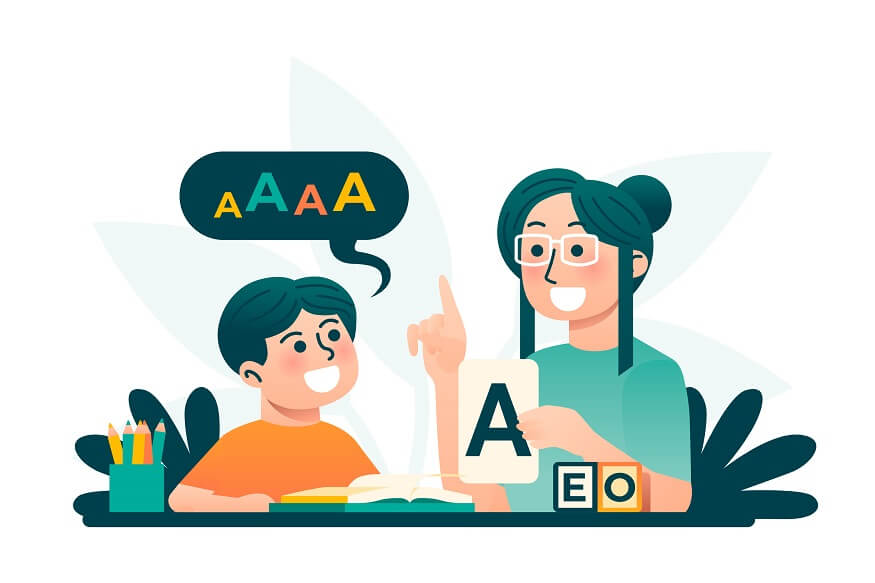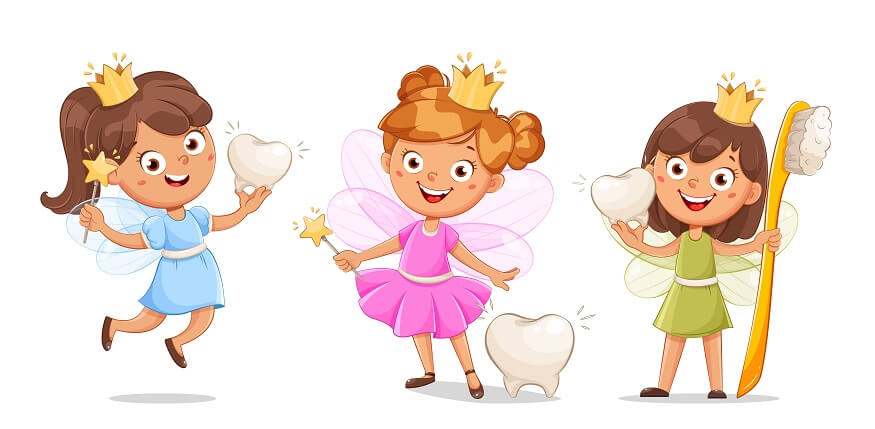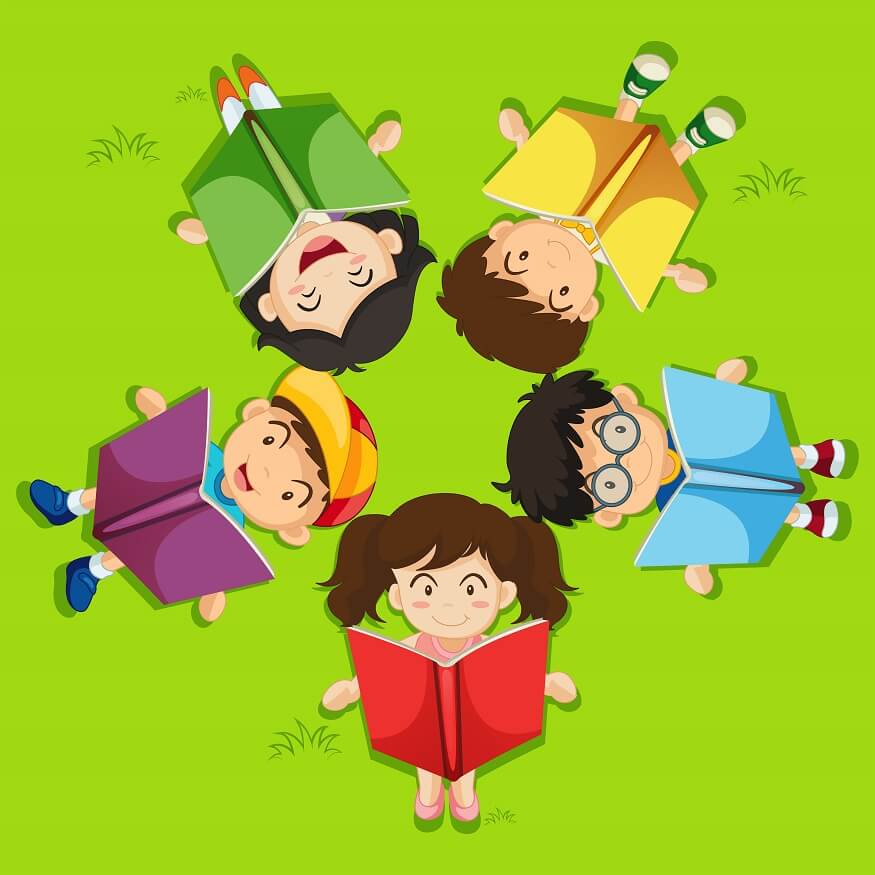Speech disorders describe issues or limitations with sound production, articulation, or fluency. These conditions can impair speech’s timing, rhythm, and intelligibility, making it difficult for people to successfully communicate.
Also Read: How To Support Children with Autism in The Classroom
Speech Disorders In Kids: Causes
Here are some causes of speech disorders in children:
- Developmental Factors:
- Hearing Loss:
- Neurological Disorders:
- Structural Abnormalitie:
- Speech and Language Disorders:
- Environmental Factors:
- Learning Disabilities:
Some children face developmental delays, where they take longer to reach speech and language milestones compared to their peers. These delays could be due to a variety of reasons, including genetic factors, premature birth, intellectual disability:
Hearing impairments can have a significant impact on a child’s ability to develop speech and language skills. Causes might include chronic ear infections, congenital issues
Neurological disorders can affect the normal development of speech in children. These disorders might include cerebral palsy, autism spectrum disorders
Physical abnormalities can influence speech development, including Cleft Lip and/or Palate, dental issues,
Specific speech and language disorders can impede the development of normal speech patterns such as speech sound disorders, Childhood Apraxia of Speech
The environment a child is raised in can also play a crucial role in their speech development such as lack of stimulation, trauma, bilingual environment
Learning disabilities can affect a child’s ability to understand and use language effectively.
In some cases, the exact cause of a speech disorder might remain unidentified.
Also Read: Stammering in Children and Toddlers: Causes & Treatment
Speech Disorders In Kids: Symptoms
Recognising the signs of children’s speech impairments is crucial to getting them the assistance they require. Depending on the precise disorder the child has, these symptoms may change. The following are some widespread signs that could point to a speech disorder:
- Delayed Speech Development:
- Difficulty Articulating Sounds:
- Stuttering:
- Voice Problems:
- Problems with Fluency:
- Difficulty with Oral-Motor Skills:
- Struggling with Comprehension and Expression:
- Social Communication Problems:
- Inconsistent Errors:
- Speech Therapy:
- Language Intervention Activities:
- Articulation Therapy:
- Oral-Motor/Feeding and Swallowing Therapy:
- Parent-Involved Therapy:
- Augmentative and Alternative Communication (AAC):
- Fluency Therapy:
- Social Skills Therapy:
This is often the first sign that a child may have a speech disorder. Most children start saying words between 12-18 months and start combining two words by the age of two. If these milestones are significantly delayed, it might be a sign of a speech disorder.
This is a common symptom of articulation disorders. The child might struggle to pronounce certain sounds or words correctly, substituting one sound for another (like saying ‘wabbit’ instead of ‘rabbit’), omitting a sound (like saying ‘ca’ instead of ‘cat’), or distorting sounds.
Stuttering is characterised by disruptions in the flow of speech. It might involve repeating sounds, syllables, or words (like ‘I-I-I want that’), prolonging sounds (like ‘ssssoup’), or experiencing blocks where the child seems stuck and unable to produce sound.
Some children may have voice disorders, which could involve abnormal pitch, volume, or quality of voice. They may sound hoarse, nasally, or breathy, or their voice may sound too high or low for their age or gender.
The child may have difficulty with the rhythm and flow of speech. They might speak too fast or too slow, or their speech might sound choppy or strained.
Some children might have problems with the movements of the lips, tongue, and jaw needed for speech, which is a symptom of a motor speech disorder like dysarthria or apraxia.
Some children might have a hard time understanding others (receptive language) or expressing their own thoughts (expressive language).
Children with speech disorders may also struggle with the social aspects of communication. For instance, they might have trouble taking turns in a conversation, making and maintaining eye contact, or using appropriate facial expressions and body language.
In some cases, children may make inconsistent errors that are not predictable based on developmental norms, such as mispronouncing the same word differently at different times.
Also Read: Motivation for not giving up: Tips and benefits for students
Speech Disorders In Kids: Treatment
The treatment for speech disorders in children is typically provided by a speech and language therapist (SLT), who will tailor the approach based on the child’s age, the type and severity of the disorder, and the child’s individual needs. The goal of treatment is to improve the child’s ability to communicate and interact effectively with others. Here are some common treatment approaches:
This is the most common treatment for speech disorders. Speech therapy can involve a range of activities designed to improve a child’s speech and language skills. For instance, the therapist might use picture cards, interactive games, or repetitive exercises to help the child learn and practise new sounds, words, or sentences. They may also use modelling, where the therapist demonstrates correct pronunciation and asks the child to imitate them.
In this treatment approach, the SLT interacts with the child through play and talk using pictures, books, objects, or ongoing events to stimulate language development. They may model correct vocabulary and grammar, and use repetition exercises to build language skills.
This type of therapy is often used for children who have trouble pronouncing certain sounds or words correctly. The therapist will demonstrate how to make the sound and where to place the tongue or lips. They may also use drills that involve the child repeating the sound several times.
For children who have difficulty with feeding, swallowing or drooling, an SLT may work on strengthening the muscles of the mouth. This might involve exercises for the lips, jaw and tongue, and could also involve teaching the child how to use these muscles to produce speech sounds.
Parents and caregivers play a crucial role in a child’s speech development. SLTs often involve parents in therapy, teaching them techniques and exercises to do at home. This might involve using specific strategies during play and daily routines to encourage speech.
For children with severe speech disorders, an SLT may recommend AAC. This involves methods that supplement or replace oral speech, including sign language, picture symbols, or voice output devices.
For children who stutter, fluency therapy might be used. This might involve techniques to control the rate and rhythm of speech, breathing exercises, and strategies to deal with anxiety about speaking.
For children who struggle with the social aspects of communication, social skills therapy can be beneficial. This might involve role-playing and social stories that teach children how to use appropriate body language, maintain eye contact, and take turns in conversation.
Also Read: How to Teach Children to Celebrate Failures
By providing a variety of programs and services, EuroSchool can help children develop their speech and language skills. This can help them communicate more effectively and participate more fully in school and social activities.










